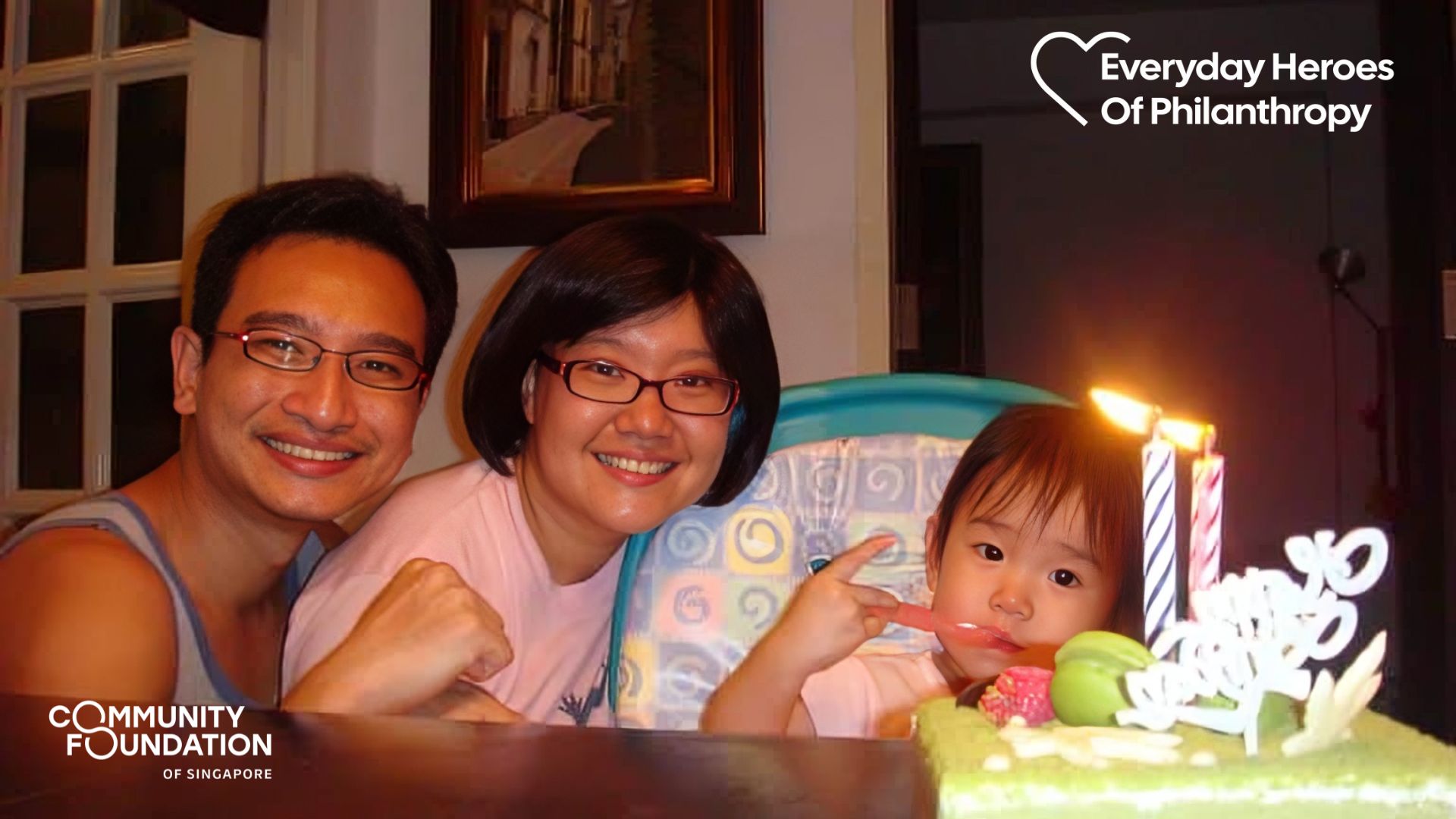The Tabung Project – Saving together for a better future


Launched in 2013, the Tabung Project is a simple yet inventive micro-savings programme by the Healthy Start Child Development Centre (HSCDC), a childcare centre by Beyond Social Services serving children from disadvantaged backgrounds.
With generous support from a donor through the Community Foundation of Singapore (CFS), families who take part in the Tabung Project are encouraged to save in an innovative way. The idea is simple: every child brings home a tabung (“savings bank” in Malay) where family members and even the child are encouraged to contribute. Each month, Tabung Counting Days are conducted, and each child’s savings is then poured into a community savings pool.
Through a multiplier strategy, the collective savings are matched by the donor and government, yielding a greater savings deposit. The impact of the programme is that every dollar saved multiplies into much more as a result of this generous funding support. As an initiative which involves the whole family, the Tabung Project also inculcates an appreciation of the importance and benefits of saving together.
Today, over 84% of students at HSCDC are involved in the project. Based on review sessions, 70% of the participating parents have developed a positive mindset and culture of saving. Many of them have also expressed their gratitude for the project, which both motivates and helps them kickstart savings for their children, and enables them to tap the CDA funds for their children’s childcare and healthcare expenses.
“The Tabung Project is a small gesture toward a more inclusive society,” explains Gerard Ee, Executive Director of Beyond Social Services, “For low-income families who find it difficult to meet household expenses let alone save, their children will not have much in their Child Development Account (CDA) to meet their educational and healthcare expenses. This project is trying to help them meet practical expenses for their children’s well-being.”
Launched in 2013, the Tabung Project is a simple yet inventive micro-savings programme by the Healthy Start Child Development Centre (HSCDC), a childcare centre by Beyond Social Services serving children from disadvantaged backgrounds.
With generous support from a donor through the Community Foundation of Singapore (CFS), families who take part in the Tabung Project are encouraged to save in an innovative way. The idea is simple: every child brings home a tabung (“savings bank” in Malay) where family members and even the child are encouraged to contribute. Each month, Tabung Counting Days are conducted, and each child’s savings is then poured into a community savings pool.
Through a multiplier strategy, the collective savings are matched by the donor and government, yielding a greater savings deposit. The impact of the programme is that every dollar saved multiplies into much more as a result of this generous funding support. As an initiative which involves the whole family, the Tabung Project also inculcates an appreciation of the importance and benefits of saving together.
Today, over 84% of students at HSCDC are involved in the project. Based on review sessions, 70% of the participating parents have developed a positive mindset and culture of saving. Many of them have also expressed their gratitude for the project, which both motivates and helps them kickstart savings for their children, and enables them to tap the CDA funds for their children’s childcare and healthcare expenses.
“The Tabung Project is a small gesture toward a more inclusive society,” explains Gerard Ee, Executive Director of Beyond Social Services, “For low-income families who find it difficult to meet household expenses let alone save, their children will not have much in their Child Development Account (CDA) to meet their educational and healthcare expenses. This project is trying to help them meet practical expenses for their children’s well-being.”
- Related Topics For You: ACCESSING QUALITY EDUCATION, CHARITY STORIES, CHILDREN, DONOR STORIES, EDUCATION, FAMILIES, HEALTH, INCLUSIVITY & INTEGRATION, NEWS, STORIES OF IMPACT




